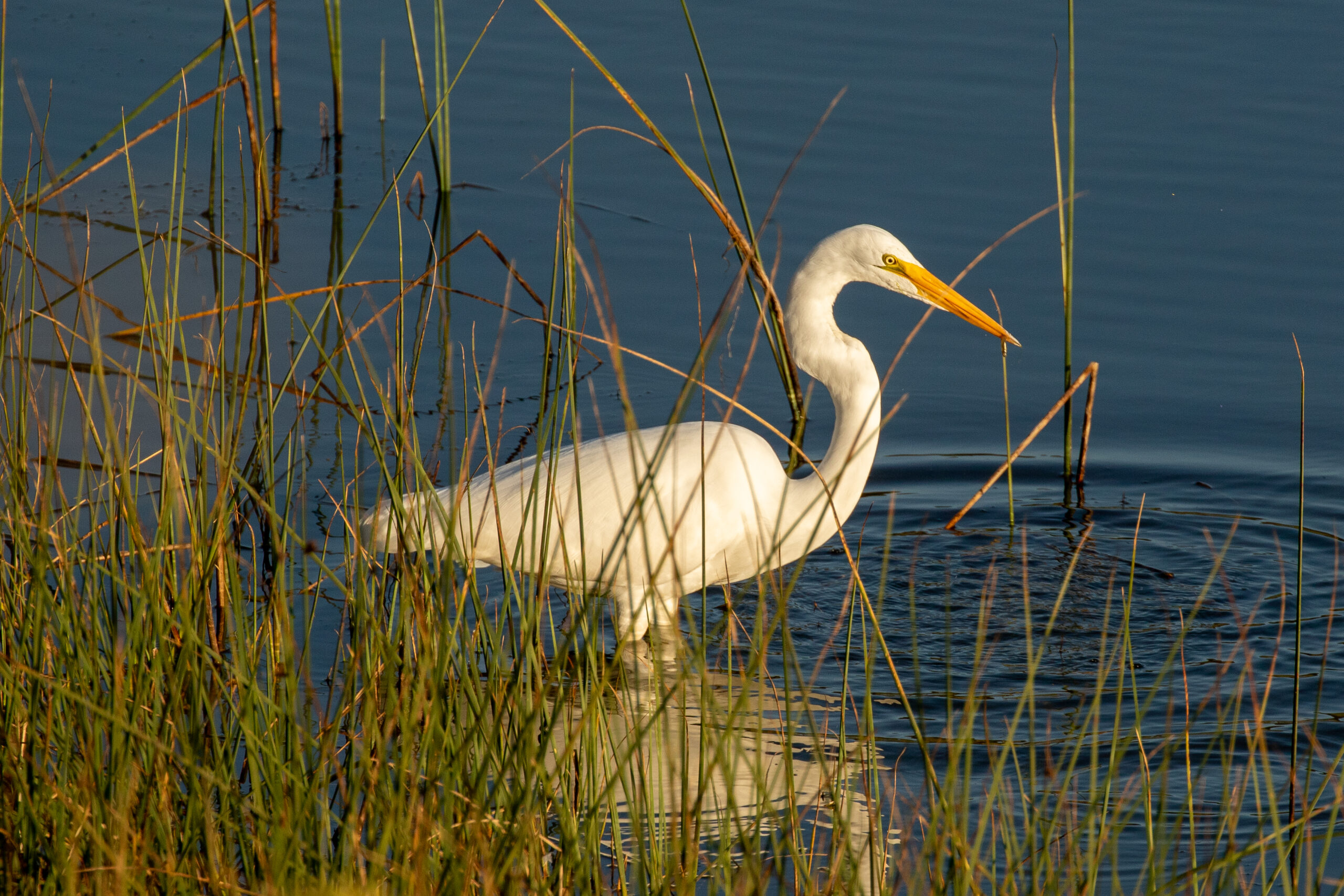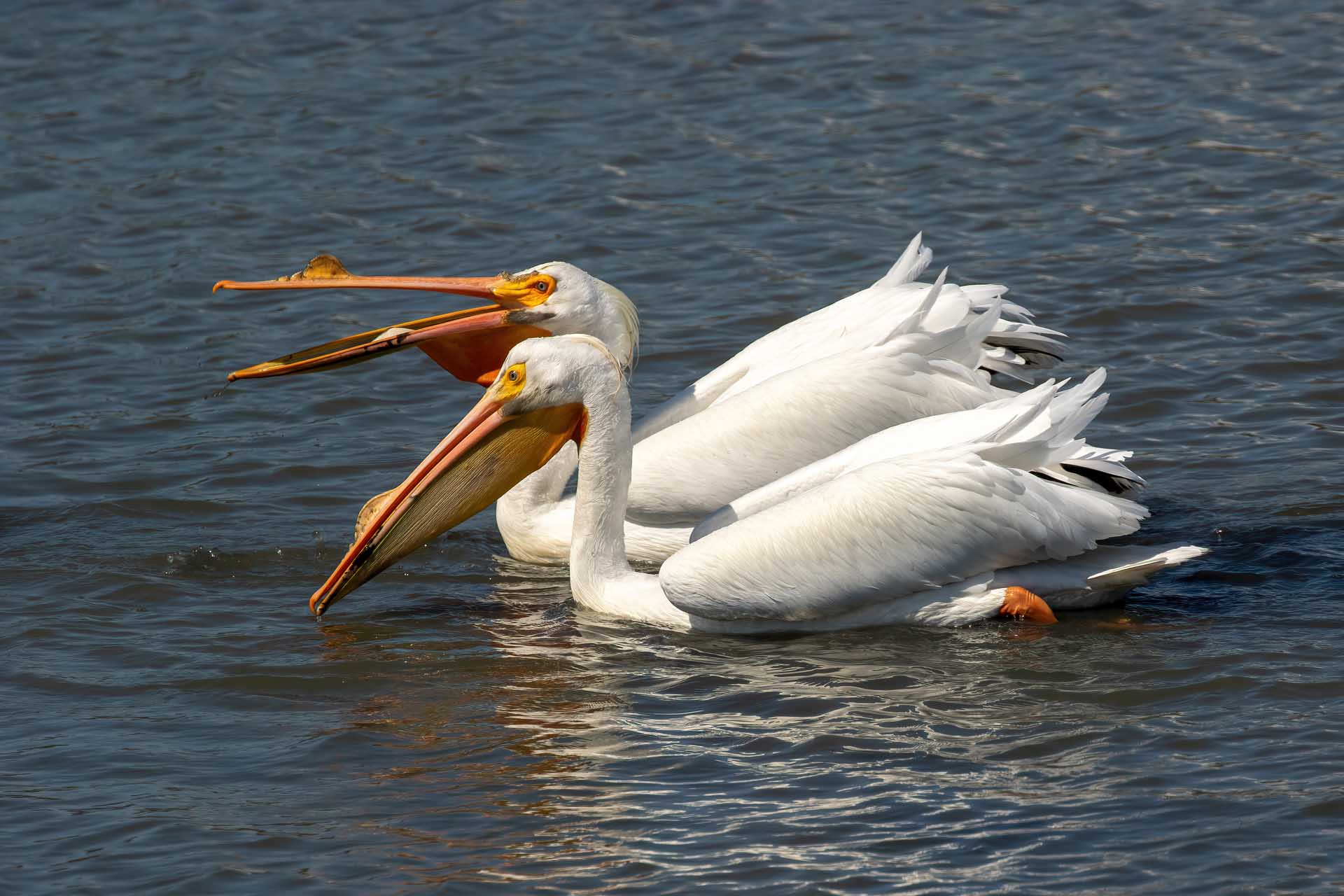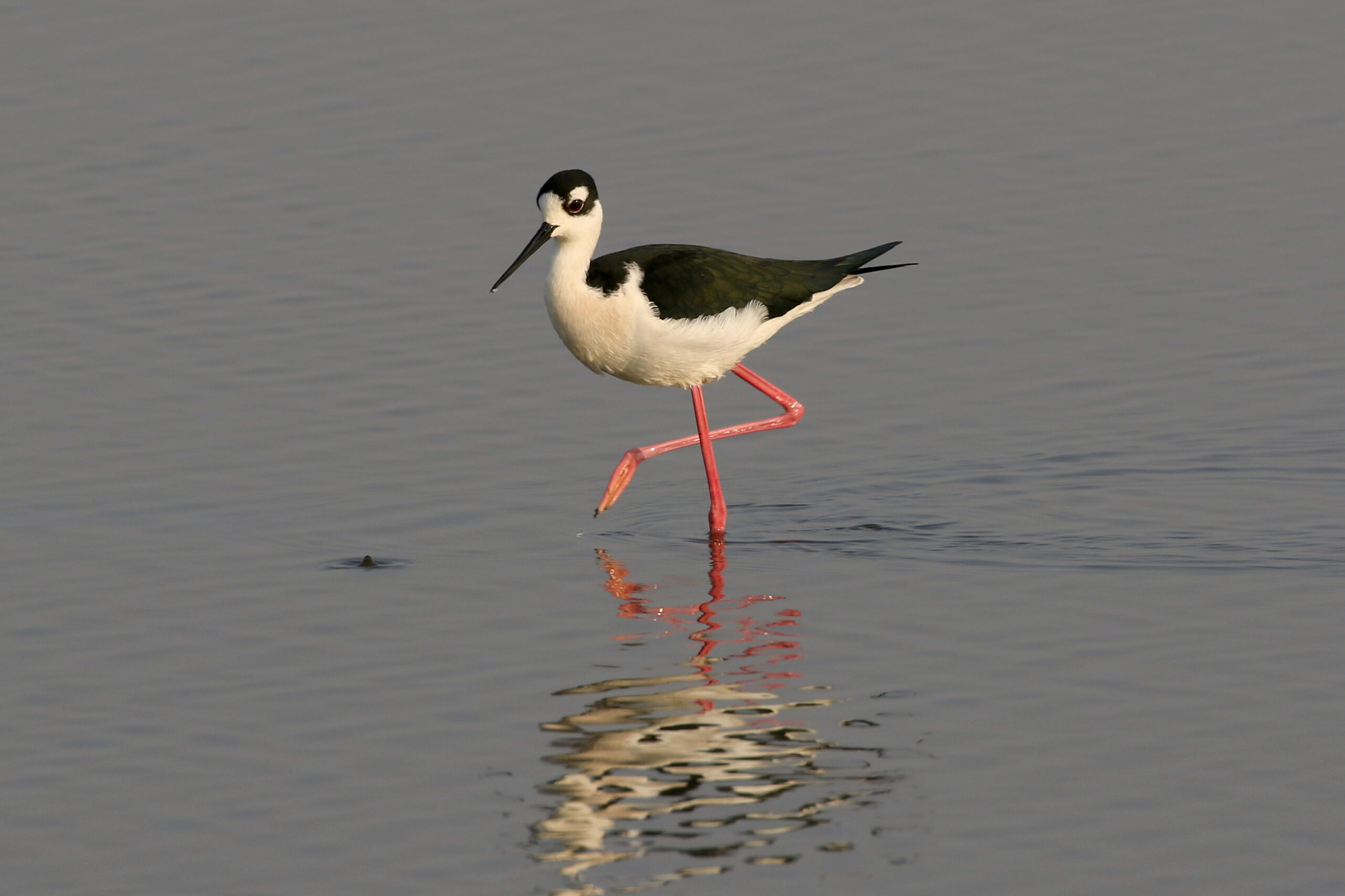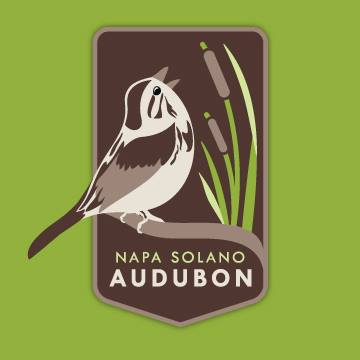Grizzly Island Wildlife Area

With 88,000 acres of land, bays and sloughs, the Suisun Marsh is the largest contiguous estuarine marsh in the entire United States. Grizzly Island Wildlife Area is approximately 12,900 acres of this prime habitat and the complex is a patchwork of 10 distinct land parcels, many of which are not connected and are surrounded by private land. Units include Grizzly Island, Crescent, Joice Island, Island Slough, Gold Hills, West Family, Goodyear Slough, and Grey Goose. They offer a variety of recreation opportunities and act as a vital buffer against further marsh development. The complex combines natural tidal wetlands and artificially diked marshes. Each habitat attracts a special kind of wildlife. The Grizzly Island Wildlife Area is closed to all non-hunting uses beginning in late July for the tule elk hunt through the end of waterfowl hunt season in early February. For exact closure dates, call (707) 425-3828.
Common Resident and Breeding Birds: Canada Goose, Mute Swan, Mallard, Gadwall. Northern Shoveler, Cinnamon Teal, Black-Necked Stilts, American Avocets, Killdeer, American Coot, Double-Crested Cormorants, Pied-billed Grebes, and American White Pelican along with Great and Snowy Egrets and Great Blue and Black-crowned Night Herons, and occasional American Bitterns. California and Ring-billed Gulls along with Caspian Terns feed in the shallow waters. Northern Harrier, American Kestrel, White-Tailed Kites, Swainson’s, Red-tailed and Red-shouldered Hawks, Osprey, Great Horned and Barn Owls and Turkey Vultures are some of the raptors that visit the marshes and frequent the Eucalyptus groves. Ring-necked Pheasants, Belted Kingfishers, Tree, Barn and Cliff Swallows, Black Phoebe, Bushtit, Loggerhead Shrikes, Marsh Wren, American Goldfinch, Common Yellow-throat, Song and Savannah Sparrows, House Finch, California and Spotted Towhee, California Scrub-jays, Common Raven, Brown-headed Cowbirds, Red-winged and Brewer’s Blackbirds, Great-tailed Grackles and Bullock’s Orioles all can be found in the park.
Migrants: Green-Winged Teal, Northern Shoveler, Northern Pintail, Ruddy, Bufflehead, and Canvasback are frequent overwintering ducks. Sora and Virginia Rails can be heard calling in the Spring. Least and Western Sandpipers, Greater Yellowlegs, Long-billed Dowitchers, Dunlin, Semipalmated and Black-bellied Plovers, Wilson’s Phalaropes all visit during Migration. Bank Swallows join other swallows during the early Fall and Say’s Phoebes join the Black Phoebes along the field and marsh edges. Orange-crowned, Yellow and Yellow-rumped Warblers visit the eucalyptus groves, while Western Meadowlarks flock in large numbers to the fields. During the Winter months you may be treated to Merlin and Short-Eared Owls hunting over the fields and wetlands.



